My Take
SOURCE: DEEPAK HILORI/ FOR MY TAKE / IDRW.ORG
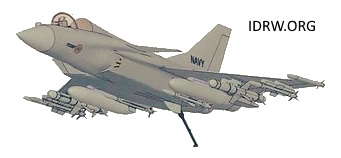
The recent approval by the Cabinet Committee on Security (CCS) for the development of the Advanced Medium Combat Aircraft (AMCA) marks a significant milestone in India’s quest for self-reliance in fighter jet technology. However, the high cost of the AMCA program, coupled with the uncertainties surrounding the TEDBF program for the Navy, raises questions about India’s overall fighter jet development strategy.
With a budget of ?15,000 crore, the AMCA program aims to develop a fifth-generation fighter jet for the Indian Air Force (IAF). The IAF has already committed to procuring 120 AMCA jets in both MkI and MkII variants, reflecting its confidence in the project’s potential.
Continue readingSOURCE: RAJESH AHUJA / FOR MY TAKE / IDRW.ORG

The potential clash between India’s Rafale fighter jets and China’s J-20s is a topic of intense discussion. While some Indian Air Force (IAF) veterans believe 36 Rafales could overpower 200+ J-20s, the reality is more nuanced. The Rafale does boast of extensive combat experience in Afghanistan, Libya, Mali, Iraq, and Syria. But will this experience translates to pilot proficiency and battle-tested tactics in still questionable.
The J-20, China’s answer to fifth-generation fighter jets, boasts of stealth capabilities and advanced technology. However, its actual combat performance remains untested, raising questions about its true effectiveness. While not officially a 5th generation fighter, the Rafale incorporates many features of this class, including superior avionics, a highly capable radar system, and a wide range of weaponry.
Continue readingSOURCE: SATYAJEET KUMAR/ FOR MY TAKE / IDRW.ORG
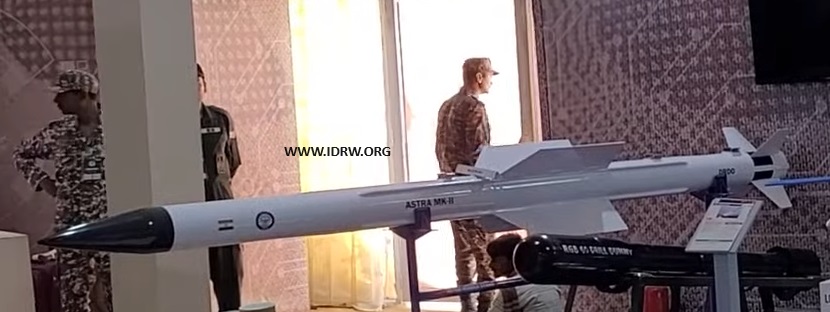
In the wake of the 2019 engagement with the PAF, India’s Beyond-Visual-Range Air-to-Air Missile (BVRAAM) capability presents a cause for concern. While the IAF’s Rafale jets boast the Meteor missile with an impressive 200km range, their limited numbers (36) restrict their overall impact.
Pakistan, on the other hand, seems to be upping the ante with the Chinese PL-15E BVRAAM. While the PL-15E boasts a technical range advantage (145km) over the Astra MkI (110km) equipped on Su-30MKI fighters, questions remain about its Electronic Counter-Measures (ECM) and overall effectiveness.
Continue readingSOURCE: JOYDEEP GHOSH/ FOR MY TAKE / IDRW.ORG

A Main Battle Tank or MBT or just tank is the most destructive and powerful land assault system for an army column. The tank that weighs anywhere between 40 tons (medium) to 68 tons (heavy) to 25 tons (light), and is key to any assault that it spearheads. Tanks are mobile, Armoured, heavy weapons platforms and the tank gun is the most critical part of the tank. Most of today’s modern day tank guns are above 100mm (105 mm, 115 mm, 120 mm, 125 mm) with 120mm being the most common.
The tank guns are housed in a rotating turret which allows the tank to engage enemy targets at just about any orientation. There are 2 types of tank guns that are differentiated by the make of barrel, smoothbore and rifle bore. A smoothbore barrel is completely smooth on the inside, cut into the metal, while a rifled-bore barrel has spiraling grooves cut on the inside of the barrel, that help guide a tank shell down the length of the barrel.
Continue readingSOURCE: JOYDEEP GHOSH/ FOR MY TAKE / IDRW.ORG
The Philippines is an island nation, comprising thousands of islands surrounded by sea on all sides. It has the Pacific Ocean in the east and the South China Sea in the west. Philippines was the scene of some of the biggest battles at sea that were fought during World War II. These include Leyete Gulf, Mariana, and the Coral Sea around the Philippines. Though these battles are known as battles of battleships and aircraft carriers; but submarines too played very crucial roles in these battles.
After the victory of the USA in World War II, it captured the Philippines; and deployed its forces for decades, especially during Cold War. After the end of the Cold War, when the USA withdrew its forces from the Philippines; the country slowly started building its forces but surprisingly it left the submarine arm untouched till date.
Continue readingSOURCE: JOYDEEP GHOSH/ FOR MY TAKE / IDRW.ORG
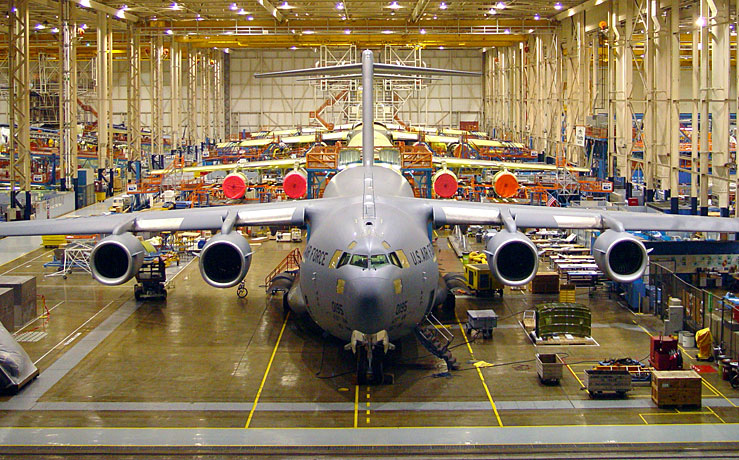
IAF currently operates 11 C-17 Globemaster IIIs. In 2010 it ordered 10 of these behemoths under a Very Heavy Lift Aircraft tender. In 2011, the IAF and Boeing agreed on terms for the order of 10 C-17 Globemaster IIIs under a US$ 4.1 billion deal, with an option to buy 6 more. However, some reports say IAF was duly informed by Boeing that the aircraft production line was slated to be closed soon, so if they wished to exercise an option to order 6 more aircraft, they needed to do it soon.
So, in 2012 or 2013 IAF reported firmed up plans to buy 5 more of these jets. But unfortunately, due to unfavorable economic conditions, the government didn’t give a go-ahead. So, when the government changed in 2014 the IAF hoped the deal will go through. But for unknown reasons, the new government sat on the proposal. Even after repeated requests by Boeing, the deal for 5 more jets couldn’t be taken forward. So ultimately after waiting endlessly for India to give orders for 5 more C-17 Globemaster IIIs, Boeing shut down the production line in 2015.
Continue readingSOURCE: JOYDEEP GHOSH/ FOR MY TAKE / IDRW.ORG

IAF has a major freighter issue at hand. Currently, it operates 17 IL-76MDs and 11 C-17 Globemaster IIIs. According to an estimate, IAF needs a total of 36 strategic heavy freighters at least not counting the mid-air refuelers. I am not talking about the requirement for tactical freighters which is filled by 12 C-130J-30 SH (6 more on order) and 108 An-32 and in the future, 56 C-295 will be added to it. The saga of mid-air refuelers is a never-ending saga (more about it later).
Out of the 17 IL-76MD freighters bought during the Soviet era in the 1980s basically, only half the fleet is available anytime based on the serviceability, due to lack of spares. The IL-76 jets have more turnaround time than C-17 Globemaster IIIs, meaning the former requires more hours of servicing for every hour of flight than the latter. The case is somewhat similar to the 6 IL-78 mid-air refuelers purchased in 2003 and 2004 from Russia. Only the 3 Beriev A-50 variants of IL-76 (the best of all 3 variants) used for AEW&C and purchased in 2009 from Russia reportedly have a better serviceability rate.
Continue readingSOURCE: JOYDEEP GHOSH/ FOR MY TAKE / IDRW.ORG

Pinaka is a multiple barrel rocket launcher or MBRL produced in India and developed by DRDO for use by the Indian Army. The system has multiple variants including a 40 km Mark-I and 60 km Mark-I Enhanced to start with. The rockets can be fired in a salvo of 12 rockets in mere 44 seconds.
Mounted on a Tatra truck Pinaka, inducted into the Indian Army in late 1990s in large numbers has been effectively used in the 1999 Kargil War to neutralize entrenched Pakistani positions on difficult to climb mountain tops. Pinaka was developed as a replacement to the aging BM21 Grad MBRL, the soviet origin rockets that have been in service with Indian Army for over 4 decades. Each Pinaka battery consists of 6 launcher vehicles, each with 12 rockets; 6 loader-replenishment vehicles; 3 replenishment vehicles; 2 Command Post vehicle with Fire Control computer, and DIGICORA MET radar. A battery of six Pinaka launchers can neutralize an area of 1,000 mtrs × 800 mtrs.
Continue readingSOURCE: JOYDEEP GHOSH/ FOR MY TAKE / IDRW.ORG

The 255 km long Darbuk-Shyok-Daulat Beg Oldie road also called Sub-Sector North Road, is a strategic all-weather road in eastern Ladakh in India, close to the Line of Actual Control with China. It connectsLeh, capital city of Ladakh with the Daulat Beg Oldi (DBO) post next to Depsang Plains via the villages of Darbuk and Shyok along the Shyok River Valley. The work started slowly with 220-km long stretch between Shyok and DBO built between 2000 and 2019 by Border Roads Organisation.
The road was meant to reduce travel time between Leh and DBO from 2 days to just 6 hours. Indeed this road would have given Indian Army a strategic advantage whenever it wanted to defend the Depang Plains and DBO area, with the LAC being just 10 kms away. The road itself is about 5 – 6 kms further away from Depsang Plains, north of the Depsang Bulge, a 900 sq. kms area.
Continue readingSOURCE: DEEPAK HILORI/ FOR MY TAKE / IDRW.ORG
Although the US has often claimed that India is a trading partner equal to its NATO allies, there have been instances where the US denied state-of-the-art defense hardware that India wanted. One such instance was when India was interested in acquiring Israel’s Arrow 2 anti-ballistic missiles, but the US did not give export clearance for it.
Another instance was when the US offered India its Patriot PAC-3 and THAAD Air Defense system to thwart India’s purchase of the Russian S-400 air defense system. However, the US has not provided India with the General Atomics MQ-20 Avenger (Predator C) that the Indian Air Force wanted to bolster its offensive capabilities, despite offering the General Atomics MQ-1 Predator armed drone to India in the past.
Continue readingSOURCE: JOYDEEP GHOSH/ FOR MY TAKE / IDRW.ORG
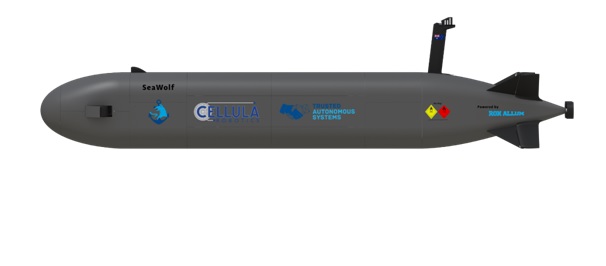
India’s MoD has initiated a project to design and develop Extra Large Unmanned Underwater Vehicles (XLUUV) for Indian Navy to bridge glaring gap in its underwater capabilities due to significant delays to Project-75I. As per reports Indian Navy needs up to 12 XLUUVs. But I would say India must operate at least2 dozen (24) XLUUVs with an endurance of at least 75 days.
The XLUUV may reportedly have a maximum ‘length with payload’ of up to 50 meters, width of up to 5 meters, height no more than 10 meters and gross weight without ballast under 300 tons making it one of the largest submarine drones at par with Germany’s Modifiable Underwater Mothership, US Navy’s Orca XLUUV and Russia’s Sarma-D, that are in the prototyping phase.
Continue readingSOURCE: JOYDEEP GHOSH/ FOR MY TAKE / IDRW.ORG

It has been over a year since the Russia and Ukraine war has been raging. Though Indian government has refused to take sides in the war, calling for its end but effectively it has been on Russia’s side being one of its biggest customers of cheap crude oil that is being refined and exported to Europe, becoming a bigger exporter that Saudi Arabia .
What’s more Europe happily and knowingly buys it, effectively showcasing its hypocrisy. Anyways Ukraine has been trying too hard ever since to get at India for giving tacit support to Russia. But India has always ignored Ukrainian blabbering’s over India’s support to Russia.
Continue readingSOURCE: SATYAJEET KUMAR/ FOR MY TAKE / IDRW.ORG
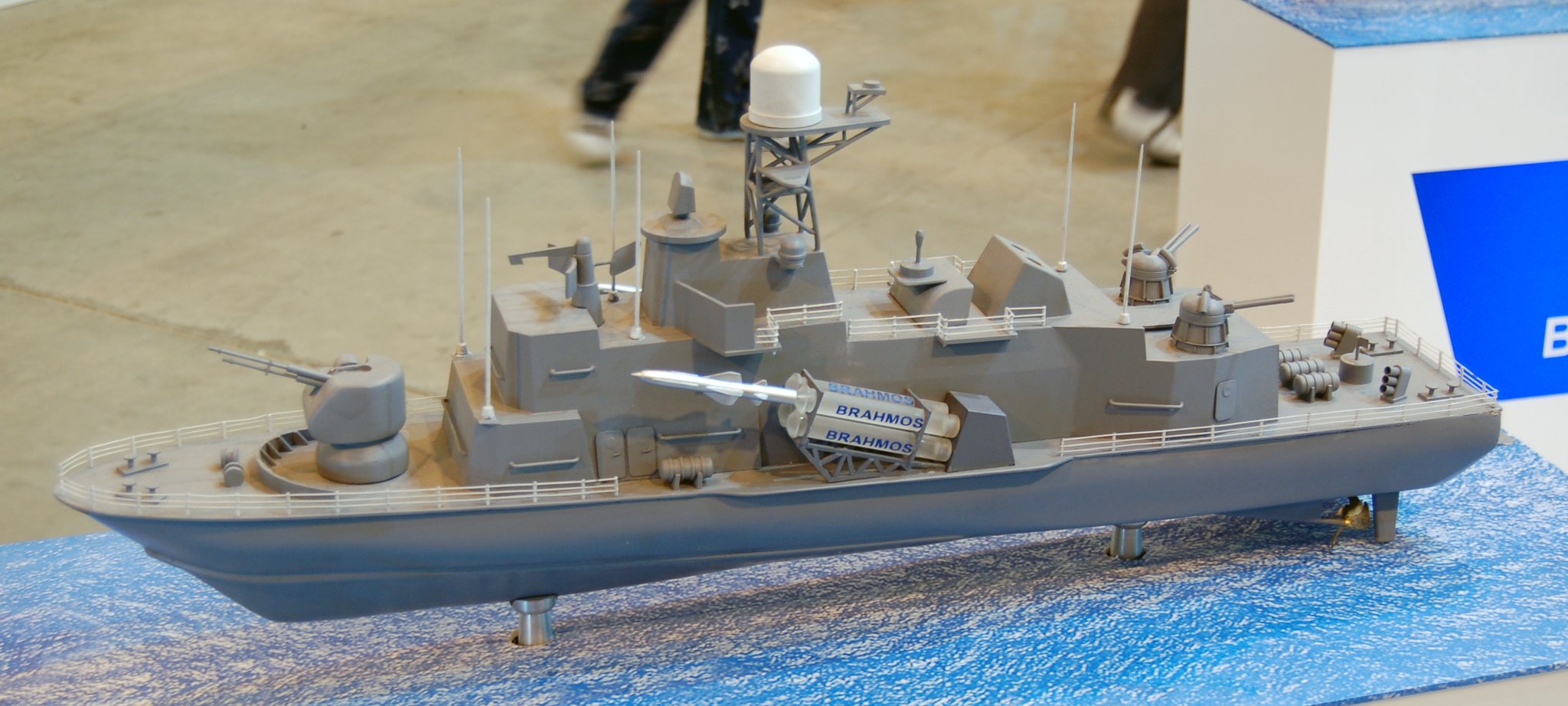
Cochin Shipyard Ltd has inked a lucrative deal to construct six cutting-edge Next Generation Missile Vessels (NGMV) for the Indian Navy, with a total contract value of ?9,805 crore. The delivery of these advanced warships is set to commence in March 2027. These NGMVs are designed to be heavily armed, featuring state-of-the-art stealth technology, remarkable speed, and offensive capabilities.
Surface warfare capabilities, advanced stealth features such as low radar cross section (RCS), acoustic, magnetic, and infrared (IR) signatures, and so on will be included in NGMVs. NGMVs will have a range of 5185 kilometers at an economic speed of 10 knots and a range of 1852 kilometers at a maximum speed of 35 knots.
Continue readingSOURCE: DINESH BEHARA/ FOR MY TAKE / IDRW.ORG
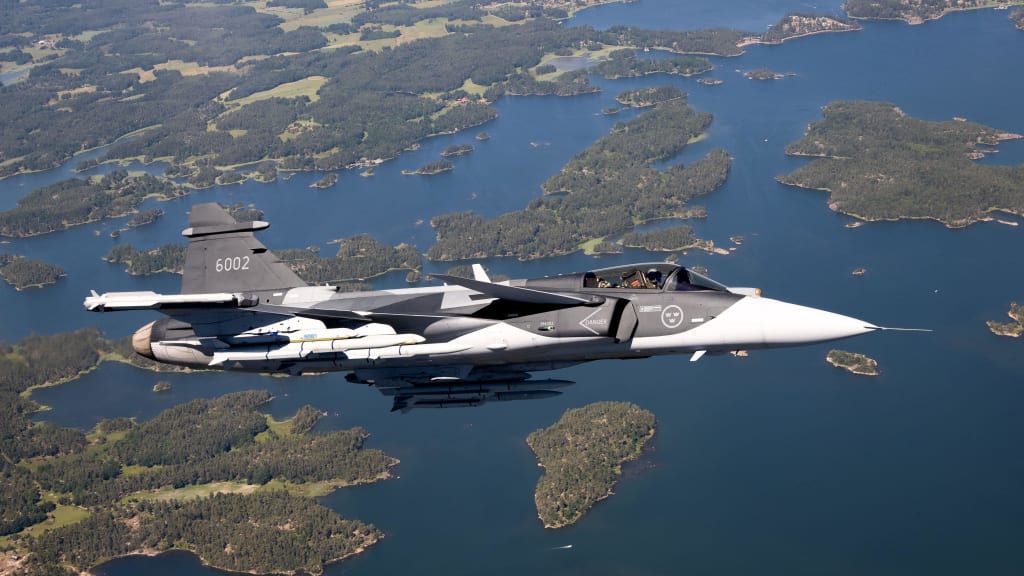
Gripen is a multi-role fighter aircraft by Sweden-based Saab AB Company. It is in service with countries such as Sweden, the Czech Republic, Hungary, South Africa, Thailand, Brazil, and the United Kingdom.
Gripen can fill the requirement of two contemporary acquisition programs for IAF, thereby reducing the duration for acquisition and increasing the squadrons of fighter aircraft.
Continue readingSOURCE: DEEPAK HILORI/ FOR MY TAKE / IDRW.ORG
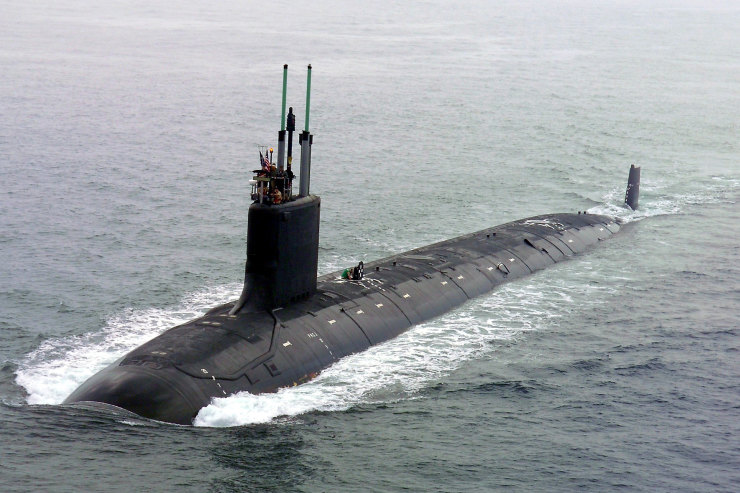
In the first phase, Australia will purchase three to five Virginia-class nuclear submarines from the United States, and in the second phase, it will purchase a second line of AUKUS-class submarines based on UK designs and US technology, to be built beginning in the mid-to-late 2030s, with at least some of the construction taking place at the Osborne shipyards in Adelaide.
The United Kingdom and the United States will not only sell Virginia-class nuclear submarines to Australia, but will also supply key nuclear technology, such as nuclear reactors, to Australia for local production of the submarines.
Continue reading